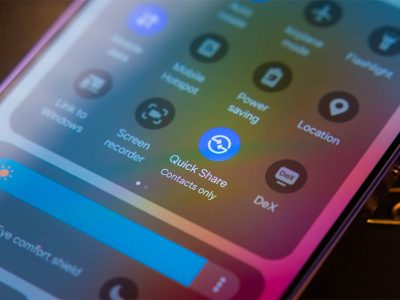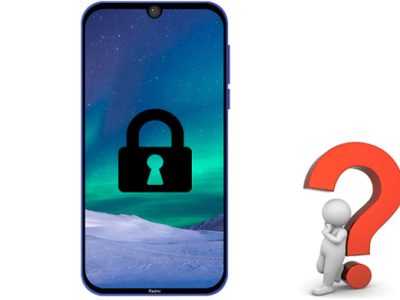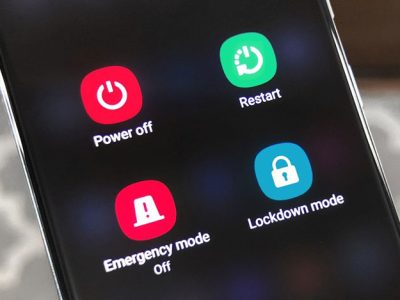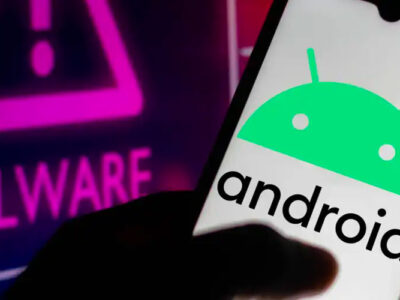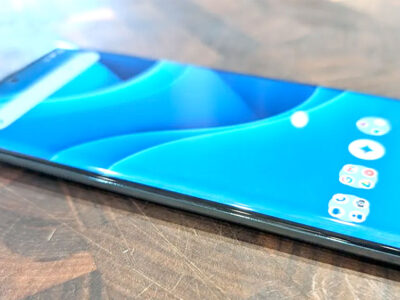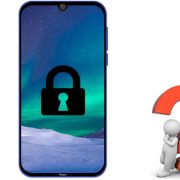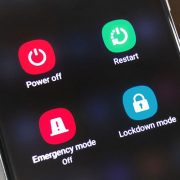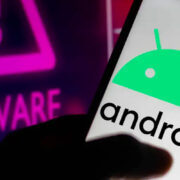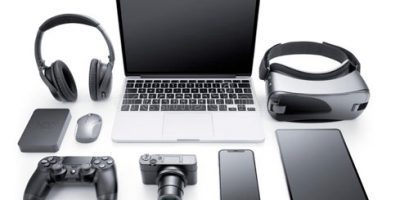
Your old phone will miss out on both old and new networks, which means you will as well.
Phones are one of the most personal items we own in the digital age, containing all of the necessary information while also allowing us to communicate with our friends and family. They’re also a commodity, and while smartphone manufacturers would prefer that customers upgrade their devices every year, or even semi-annually, many of us would prefer to keep our phones for years at a time. While this is generally good practice, there are some potential drawbacks to keeping a phone purchased a few years ago after 2022. Yes, we are advising you to upgrade your phone, and we have reasons why.
Over the last few years, there have been numerous feature advancements, including the introduction of in-display fingerprint sensors, faster, more efficient CPUs, and significant advances in the camera department. You may be content to miss out on these changes. However, for customers who have had their phones for at least four years or more, there are some significant changes in the works, such as the closure of older cellular networks and your device’s lack of support for new ones.

LTE-AT&T
This is an urgent issue for owners of some devices that do not support Voice over LTE (VoLTE). Since 2017, wireless carriers in the United States have been phasing out their older 2G and 3G networks. Most older devices rely on these aging technologies to transmit voice calls. AT&T stated that it would complete its 3G shutdown in February of this year, whereas T-3G Mobile’s service is scheduled to end in October. Verizon is the final holdout, as it plans to phase out its 3G network by the end of the year, giving customers more time to switch devices. However, as the FCC notes in a release dated October 2021, these are preliminary timelines provided by the carriers, which means that portions of the network may be retired sooner than the stated date. So, if you’re a Verizon customer and you’re having trouble getting decent data speeds or even making a phone call, it’s likely because the carrier has already started turning off 3G coverage in your area.
Customers will be unable to access emergency services such as 911 once the shutdown is complete.
Why are the carriers acting in this manner?
Of course, for the sake of 5G! It’s faster and has more capacity than 4G or 3G ever did, so it makes better use of public airwaves. Carriers are spending billions of dollars to acquire new spectrum, replace cell tower equipment, and get people onto these new networks. They are also advocating for greater flexibility in how and where certain bands of spectrum should be used. The ability to use LTE on unlicensed airwaves in the 5GHz zone — Wi-Fi lobbyists have been vocal about how this so-called License Assisted Access program would create a digital traffic nightmare — and the use of C-Band spectrum that was previously used for aviation purposes are two major examples.
Furthermore, as the demand for newer network technologies grows, it’s only natural for cellular providers to devote more resources to them. This is why smartphone manufacturers are increasingly inclined to support 5G bands out of the box, even for mid-range and budget offerings.
It’s Time to Replace Your Smartphone
You might be fine without 5G, but with major carriers vying for access to new bits of spectrum year after year, you should consider the cellular coverage you’ll lose as a result. No, you don’t have to spend more than $1,000 on a flagship device, but you should read the fine print to ensure that your new phone supports the bands that your carrier currently uses. AT&T customers should look for LTE Bands 30 and 46, as well as 5G Band n77. You should also check to see if you can access FirstNet service on LTE Band 14. LTE Bands 41, 46, 48, 66, and 71 are available to T-Mobile customers, as are 5G Bands n41, n71, and n77. Verizon customers should be on the lookout for LTE Bands 46 and 48, as well as 5G Bands n66 and n77. Millimeter wave 5G networks are also available from the Big Three, but they are less important in terms of wide-area coverage.
To make your decision easier, take a look at our list of the best phones in 2022. While high-end phones such as the recently unveiled Samsung Galaxy Z Fold 4 and the Galaxy Z Flip 4 are available, another new entrant, the Pixel 6a, is also an excellent choice if you don’t want to spend a fortune on your next device. There are also some excellent 5G phones on the cheap, such as Samsung’s Galaxy A13 5G and the OnePlus Nord N20 5G, both of which cost less than $300 at the time of writing.
If you’ve been stuck on a 30- or even 36-month phone equipment installment plan and want to avoid the threat of connectivity obsolescence, now is the time to make the switch.
Views: 65


